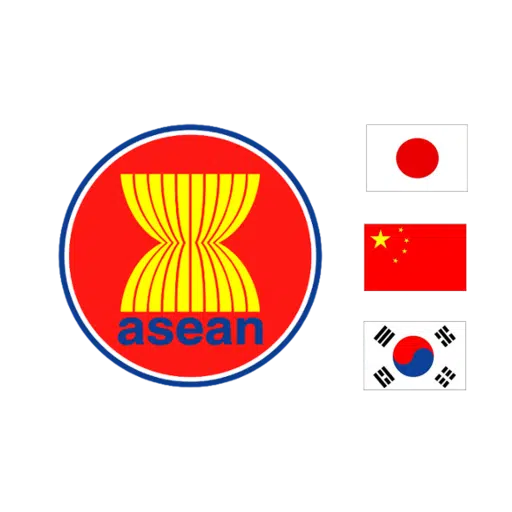KUALA LUMPUR, Oct 3 — The Asean+3 Macroeconomic Research Office (AMRO) has pared down its 2024 economic growth forecast for the region to 4.2 per cent, down from 4.4 per cent in July, largely driven by revised growth projections for China and Vietnam.
Chief economist Hoe Ee Khor said recent developments have shifted the risk landscape for the Asean+3 region.
“The sharp but short-lived market adjustments that we witnessed in early August were a reminder of the risk of further spikes in financial market volatility.
“The potential escalation of protectionist policies following the United States (US) presidential election is another key risk for the region,” he said during AMRO’s latest quarterly update on the Asean+3 Regional Economic Outlook held virtually today.
Hoe noted that Vietnam’s growth has been slower than anticipated, prompting the research firm to lower its 2024 growth forecast for the country, from 6.3 per cent to 6.2 per cent.
The Plus-3 economies (China, Japan, and South Korea) are projected to grow at 4.1 per cent, while Asean is expected to expand by 4.7 per cent in 2024.
“Growth for the region will be driven by continued recovery in external trade, resilient domestic demand, and a boost in tourism due to relaxed visa policies in some economies,” he said, adding that AMRO also expects the Asean+3 region growth to strengthen to 4.4 per cent in 2025.
Higher growth is projected in 10 out of 14 economies in 2025 compared to 2024, aligning with expectations of stable global growth momentum amid easier financial conditions and resilient domestic demand.
As such, the Plus-3 economies and Asean are projected to grow by 4.3 and 4.9 per cent respectively in 2025.
For Malaysia, he said AMRO has kept its growth forecast unchanged at 4.7 per cent for 2024 and 4.9 per cent for 2025.
Meanwhile, inflation for the region (excluding Laos and Myanmar) is projected to ease further to 1.9 per cent this year before increasing slightly to 2.3 per cent in 2025.
This moderation in inflation reflects the continuing impact of tight monetary policy, softer food prices and lower imported inflation.
However, Hoe said a slight uptick to 2.3 per cent is expected in 2025, primarily driven by higher inflation in China, Hong Kong, Brunei, Cambodia, Malaysia, and Thailand.
“This increase is attributable to the strengthening growth outlook alongside various supply-side factors such as reduction in energy subsidies in these economies.
“Overall, inflationary pressure remains well contained in the region, in line with the baseline expectation of normalisation of global inflationary trend,” he said.
Weaker-than-expected US labour market data in July and Purchasing Managers’ Index data in August sparked concerns about a US growth slowdown, potentially weighing on the region’s export recovery.
Hoe also warned that the November US election results will have major ramifications for the region’s economic outlook, especially if it points to a sharp escalation in US-China trade tensions.
Increased tariffs could substantially dampen regional growth prospects to varying degrees, depending on the magnitude of the increases, and the response from the affected economies.
Based on AMRO estimates, a severe escalation of protectionist measures by the US, like the implementation of universal tariffs on imports, could lower the region’s growth by almost one percentage point — resulting in the lowest regional growth since the 1997 Asian Financial Crisis, with the exception the pandemic years of 2020 and 2022.
He noted that an increasing number of central banks worldwide have begun easing monetary policy, and China has recently announced a broad set of stimulus measures to support its economy.
“These actions will have positive spillover effects on the rest of the region.
“However, rising external and geopolitical uncertainties underscore the need to continue strengthening resilience and enhancing cooperation in the region,” Hoe said.
— Bernama





